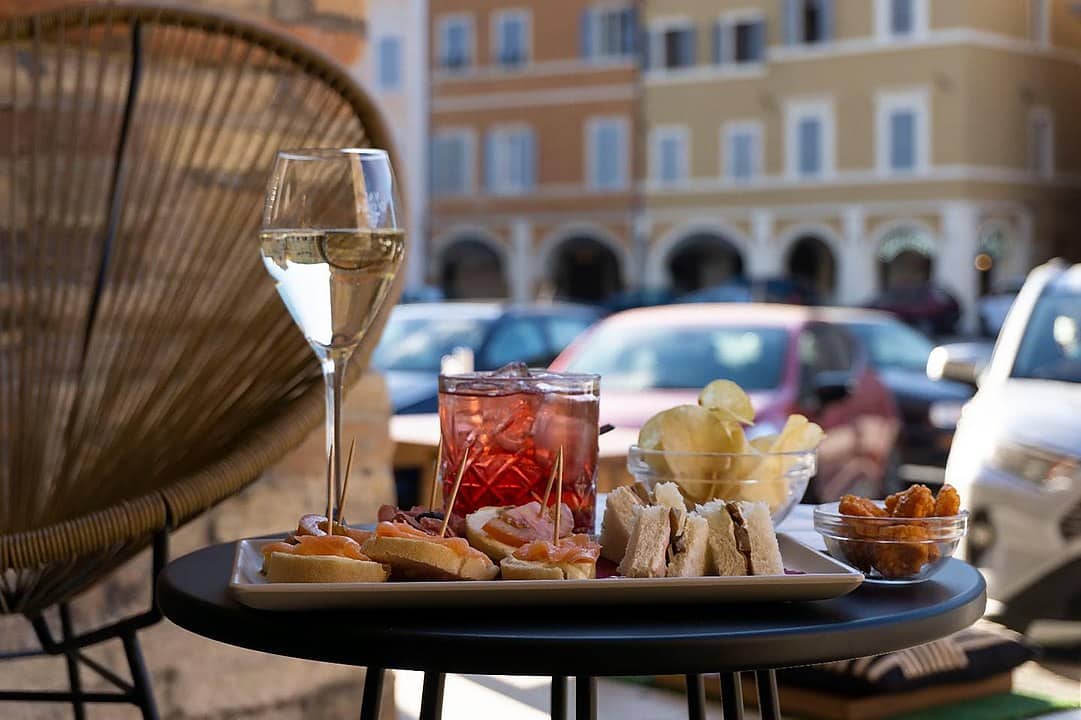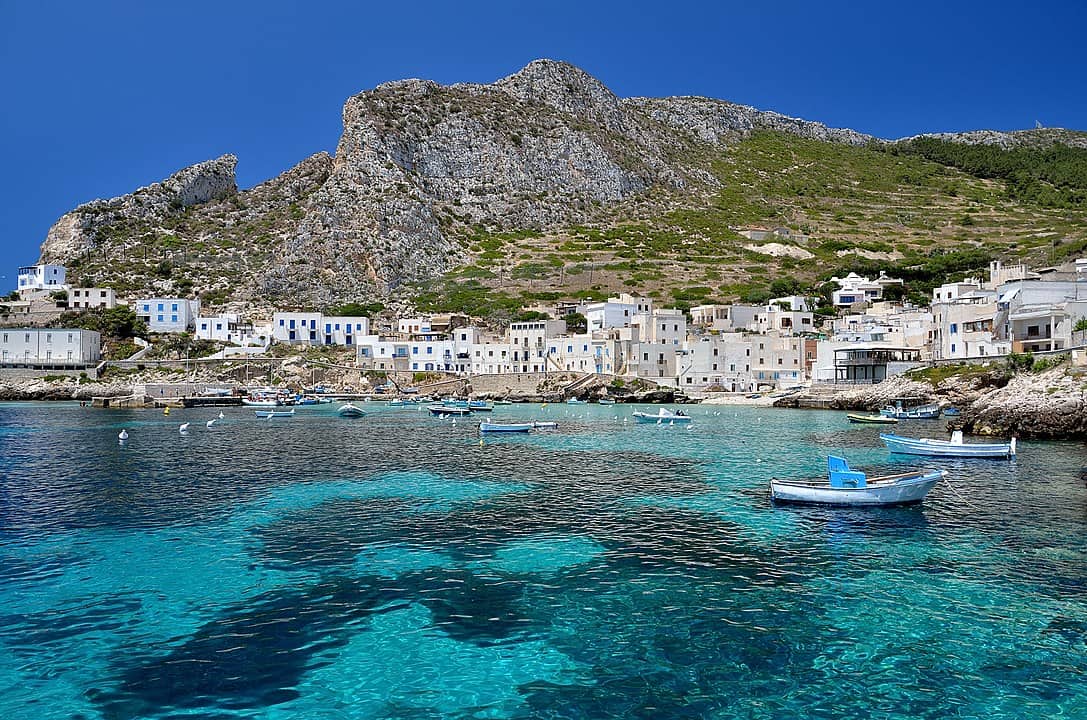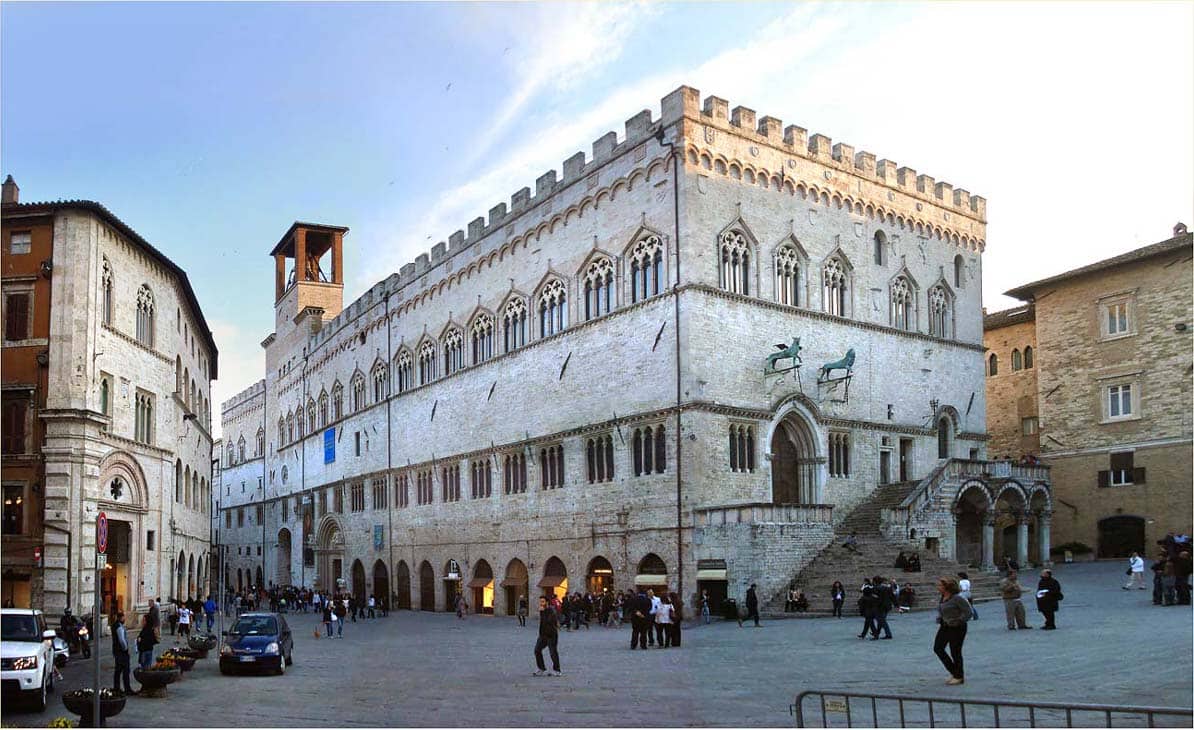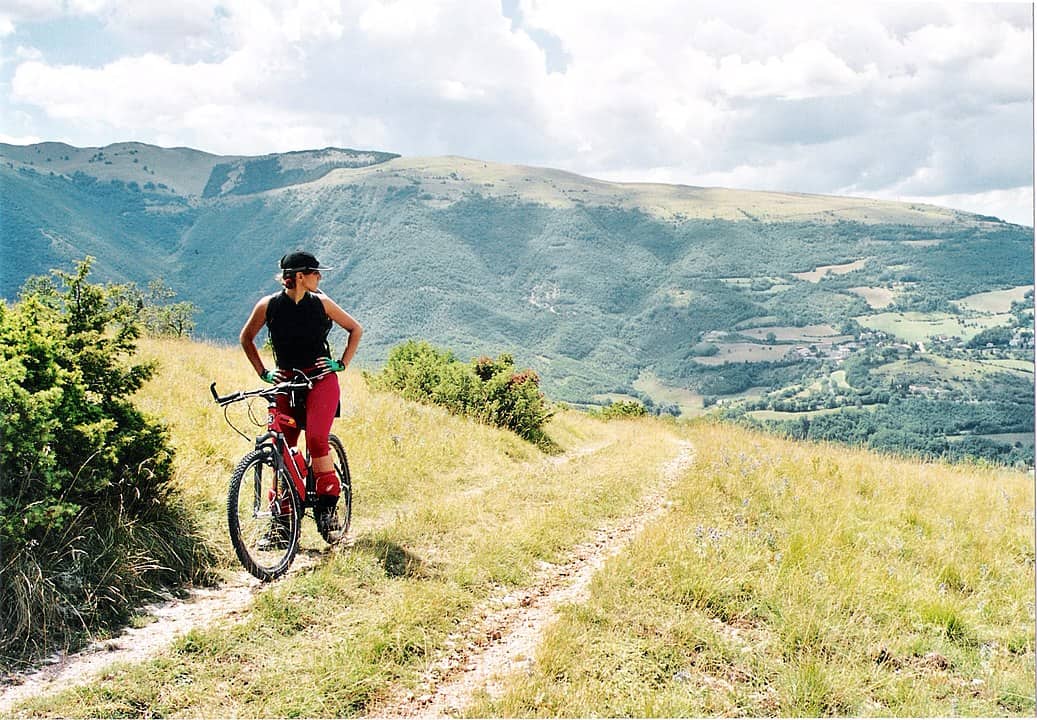We have prepared for you a comprehensive guide to travelling in Italy on a small budget. You'll first read 13 unmissable tips on how to have an authentic Italian experience while spending as little as possible.
Then you'll find a list of low budget destinations by the sea, in nature and in cities.
What are you waiting for? Read on to discover them...

13 tips to travel to Italy on a budget

We shortlisted 13 travel tips to make the best out of your low-cost holiday in Italy. Follow this mini-guide and then get inspired by the destinations we recommend!
13. Use the free public beaches
Look for free public beaches to enjoy the seaside, especially if you can use your own sun-beds and umbrellas.
12. Walk, avoid taxis and drink from the water fountains
Walk as much as possible. Take local transport. Avoid taxis like the plague: these are the 3 pillars for the perfect low cost trip. Don’t forget: drinkable water is good almost everywhere in Italy, so bring a bottle and fill it at the many fountains you'll find around: less plastic in the bin and a few more coins in your pocket.
11. Focus on quality
Don't overfill your trip with an endless list of things to do. Short-list a handful of attractions, the ones that best suit your tastes, and focus on the quality of the activities and places to see.
10. Check the calendar and avoid local festivities
Traditional events and festivities are fascinating and attract tourists from everywhere, like the Carnival of Venice or the Palio of Siena. During those days, however, the cost of accommodation and transport rises dramatically, so if the goal is to save money, you must work around those dates.
9. Avoid tourist traps
Be smart and avoid getting overcharged for the most notorious tourist traps, like a ride on the gondola or a tour of Rome led by a guy dressed as a gladiator. If you don't have budget problems though… let yourself go.
8. Use the “aperitivo” time for light dinner
During the evening aperitif time, order one or two Spritz (or other non-alcoholic drinks) and you’ll often have access to mini-buffets, or some snacks, that are often worth a light dinner. Prices are usually around € 5-7 for a drink.

7. Eat at the local food markets and in traditional taverns
Go all-in on the street food! Every city has its own food market to explore, you will find genuine food at a much lower price than the restaurants in the city centres. If you really want a seat at lunchtime, choose non-touristy restaurants hit by locals: generous portions and fair prices guaranteed.
6. Sleep in B&B or campings away from the city center
Look for family-run accommodations outside the city centres and avoid big chains if you can: that’s the perfect way to save money and still enjoy a comfortable and peaceful stay (and often a good breakfast). Camping is a great option, especially in the countryside or near seaside destinations.
5. Watch out for free admissions in churches & museums
Italian museums offer free admissions on the first or last Sunday of the month (for examples the Vatican Museums and the Uffizi): be smart and check the calendars on their websites. Also don’t forget that many beautiful churches are completely free to visit, such as the Basilica of Santa Maria Maggiore in Rome.
4. Join the free walking tours
You can find companies offering "free walking tours" in most Italian cities. The cost of these tours is at your discretion, you can pay what you deem fair at the end of the tour (€ 10-15 is often enough). This is a great way to avoid tourist traps and still enjoy the benefits of a guided tour.
3. Step out the main tourist routes
Visiting a big city usually requires a larger budget (for museums, restaurants and hotels, and for getting around in general). Take advantage of the beautiful and unique villages and countryside towns, stepping off the most common tourist routes (if you can). If you really want to visit a major city, plan your moves early to get the best deals.
2. Book in advance and... compare!
Booking in advance is a must when travelling at low cost: early birds will find a wider range of offers and sometimes special deals. If you travel by train, the main Italian companies (Trenitalia and Italo) offer tickets with big discounts on High-Speed trains when booking 1-2 months in advance. For the best flight fares, use price comparison websites to avoid overspending.
1. Travel during low season
First things first: avoid travelling during the high season, when the request is high and the prices are through the roof. Choose the shoulder seasons to go to the seaside, like June or September. In winter, avoid the festivities around December 8th and the Christmas holidays. Spring and autumn are ideal for visiting cities. Watch out for weekday offers in big hotel chains.
Low budget seaside destinations

Trapani, Sicily.
Trapani is the gateway to enjoy the spectacular west coast of Sicily. The city airport is served by low cost flights from multiple European cities and the price to rent a car is low, especially if you book in advance. Use Trapani (or the small villages around) as a base and from there explore the Sicilian beaches, choosing between those of San Vito lo Capo, Bue Marino or the Riserva dello Zingaro. Reach the nearby Egadi Islands with the ferry (fares around €10) and enjoy the incredible crystal clear waters of Favignana and Levanzo. Umbrellas and sunbeds can be rented cheap for the full day. Sicilian street food has the best value for money you can find in Italy (and the taste is hard to beat). To add variety to your holiday, visit the village of Erice, the temple of Segesta and the scenic salt pans.
Numana, Marche.
Mass tourism has not yet fully discovered the Conero Riviera - that’s why the cost of accommodation, restaurants and activities in this area is still low. The villages of Portonovo and Sirolo are nice, but the heart of the Riviera is the beautiful little town of Numana, surrounded by trees and with two main beaches: the beach of Numana Alta called the "Spiaggiola" (ideal for snorkeling) and the one further south in the Marcelli area, a long stretch of sand more suitable for families. To complete the exploration of the Riviera, rent a boat or a kayak to get to the rocky Conero promontory, towards the Due Sorelle beach (meaning “two sisters”): emerald green water and dramatic cliffs overlooking the sea. Numana has a small but charming center to explore by foot, and a variety of non-expensive regional restaurants. Numana does not have a train station, you have to get to Ancona by train or plane, and then take a bus.
Maratea, Basilicata.
The small town of Maratea is a superb seaside destination for tourists looking for an affordable trip. This ancient town is famous for its scenic views and the long rocky coast full of cliffs, caves and beaches with dark sand. There’s plenty of free public beaches: the ones not to miss are the Fiumicello beach, Santa Teresa beach and the Spiaggia Nera (the “Black Beach”), all easily reachable by car. The bustling town center is Matera beating heart, and is full of churches, squares, ancient buildings, but also restaurants and bars. The city is dominated by the statue of Christ the Redeemer, built on the summit of Monte San Biagio. In Maratea you will find B&Bs and private apartments where you can rent a room with prices starting from € 45 per night. We recommend arriving by car - the best option is to rent it at Naples airport (200 km away). The local train station is well connected to Napoli Centrale. Check here our full guide of Maratea.
Other options.
There are many other seaside destinations to visit without spending too much: consider a regenerating holiday in Rodi Garganico in Apulia (well connected with the Brindisi airports) or along the beautiful Costa Viola in Calabria, a wonderful and wild coastline 30 km long, served by low cost flights arriving at Lamezia Terme.
Low budget city destinations

Perugia, Umbria.
Perugia is a medium-sized city with a romantic medieval vibe and a brilliant nightlife, thanks to the many students of the two renowned local universities. Perugia is an artistic powerhouse in Italy and its hilly city center has a lot to offer for a short break: the beautiful Corso Vannucci, the Fontana Maggiore, the Etruscan well and the Palace of Priori. Chocolate lovers can’t miss a visit to the Perugina factory for only € 9. The city is full of traditional restaurants where you can enjoy the hearty Umbrian cuisine without breaking the piggy bank. Around Perugia you can find farmhouses and guesthouses with rooms starting from € 50 per night. The city has a small airport connected to some locations in southern Italy and northern Europe, and is around 200 km from the low-cost airports of Rome Ciampino and Pisa. Check out our guide for the best panoramic spot in town.
Catania, Sicily.
Catania is perfect for a short break with an eye on your wallet. You can explore this jewel of Italian Baroque at affordable prices all year round - accommodations in the city center start at around € 40-45 per night. Noble mansions, churches and a simply irresistible cuisine make Catania a very popular tourist destination (check out the 10 best things to do in town). Do not miss Piazza del Duomo, the Cathedral of Sant’Agata and the colorful Pescheria market (perfect for a quick and cheap fish lunch). You can also get close to the Etna volcano, or even climb it: local companies offer different tours for all budgets. Catania is well connected to the world by an airport with low cost flights. The best months to visit are spring and autumn.
Lecce, Apulia.
Lecce is a lively and elegant city, with warm limestone buildings, and it’s often regarded as the "Lady of the Baroque”. We recommend strolling through the beautiful historic center, relaxing in Piazza Sant’Oronzo and visiting the famous castle of Charles V. Check out for free two gems hidden in the narrow streets and alleys, the Roman Theater and the Amphitheater. The local street food scene is dominated by the delicious (and cheap) puccia, a small loaf of bread filled with traditional ingredients, like eggplant, tomatoes and cheese. The prices of hotels and B&Bs start from € 45-50, making the city very attractive for a cheap city break. Lecce can be easily reached by train. You can also get on a shuttle after landing at the nearby Brindisi airport. Check out our guide to explore the best baroque churches in Lecce.
Other options.
In addition to these three choices, Italy offers many more destinations to visit with an eye to the budget. We recommend keeping an eye for the following cities, all featuring an airport with low cost flights, many accommodation options and food markets where you can eat at a low price: Bologna, Trieste, Pisa and Palermo.
Low budget nature destinations

Gola del Furlo, Marche.
The Marche region features a hilly countryside full of scenic destinations and is often regarded as a cheaper version of Tuscany. This region is an ideal destination for those looking for a low cost holiday in touch with nature. Renting a room in the many small countryside villages starts at € 40 per night and the cost for outdoor activities is low (there’s lots of camping to choose from). Near the town of Urbino, we recommend exploring the natural reserve of the Gola del Furlo, a very dramatic valley with sheer rock walls falling into the Candigliano river. Visitors can challenge themselves with various activities, such as trekking, climbing or kayaking. The local flora and fauna are extremely rich, trekkers can come across deers, wild boars and even birds of prey, such as peregrine falcons. Free guided hikes are organized on certain Sundays. Next to the gorges, along the Metauro river, visit the Marmitte dei Giganti, carved into the rock by the river and perfect to visit by renting a canoe (two-hour tours from € 35).
National Park of the Monti Sibillini, Umbria/Marche.
The Sibillini Mountains are great for different types of tourism, with the common denominator of love for nature and low budget. The namesake National Park protects this area between Umbria and Marche, full of wonderful mountain landscapes where visitors can choose from many paths for trekking and mountain biking, to completely disconnect from everyday life: “slow tourism” is the keyword here. The brightest jewel in the crown of the park is the Grande Anello of the Sibillini (the “great loop”): this is a 120 km circular hiking trail going around the park and it can be done on foot, by bike or on horseback. The trails are well marked and there’s some shelters and bivouacs for sleeping. We recommend using the towns of Norcia and Preci as a base (prices per night starting from € 60-70) and explore the park from there. Alternatively you can stay directly inside it in shelters and small B&B, where you can enjoy the Umbrian food culture, and in particular the local cured meat.
Other options.
If you love nature and you are looking for adventures at reasonable price, take a look at the Langhe in Piedmont, or in Trentino-Alto Adige/Südtirol, full of options for trekking, skiing and mountain biking in the Alps.
About the author
Written on 27/11/2021



Fabrizio Mariani
You don't need to spend a fortune to enjoy a wonderful trip to Italy. Follow our tips to travel to Italy on a budget and get the best out of your holiday.